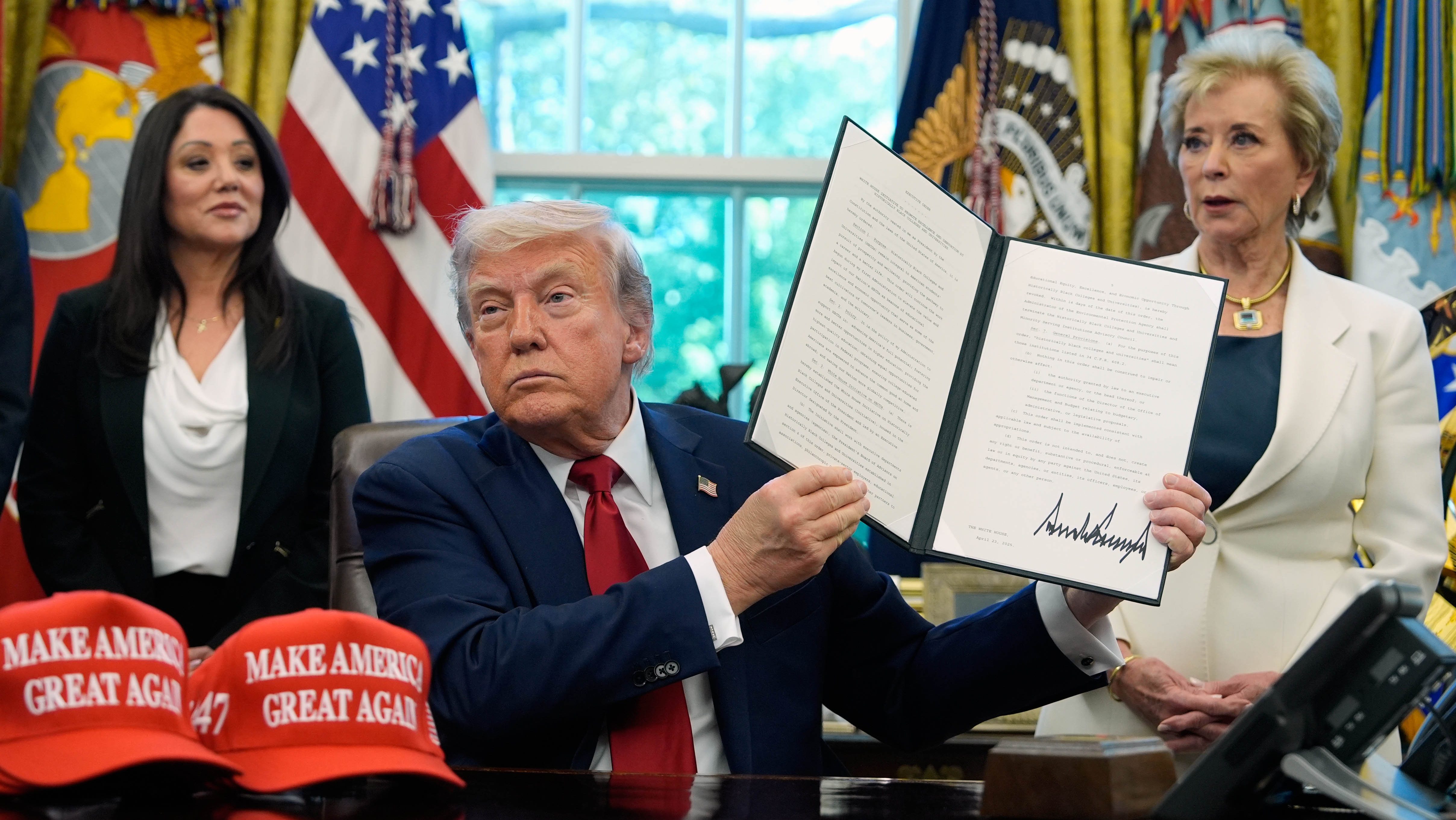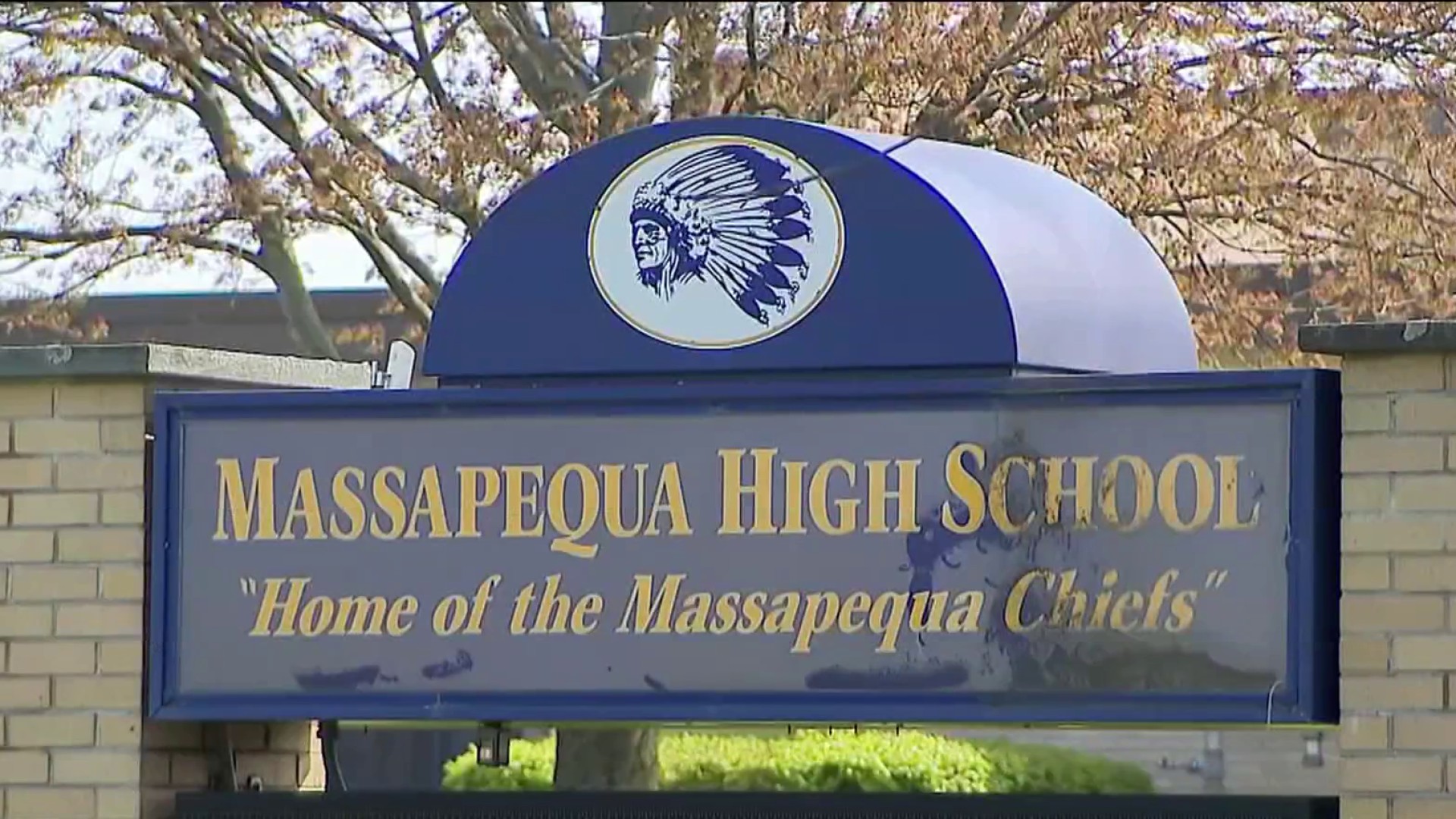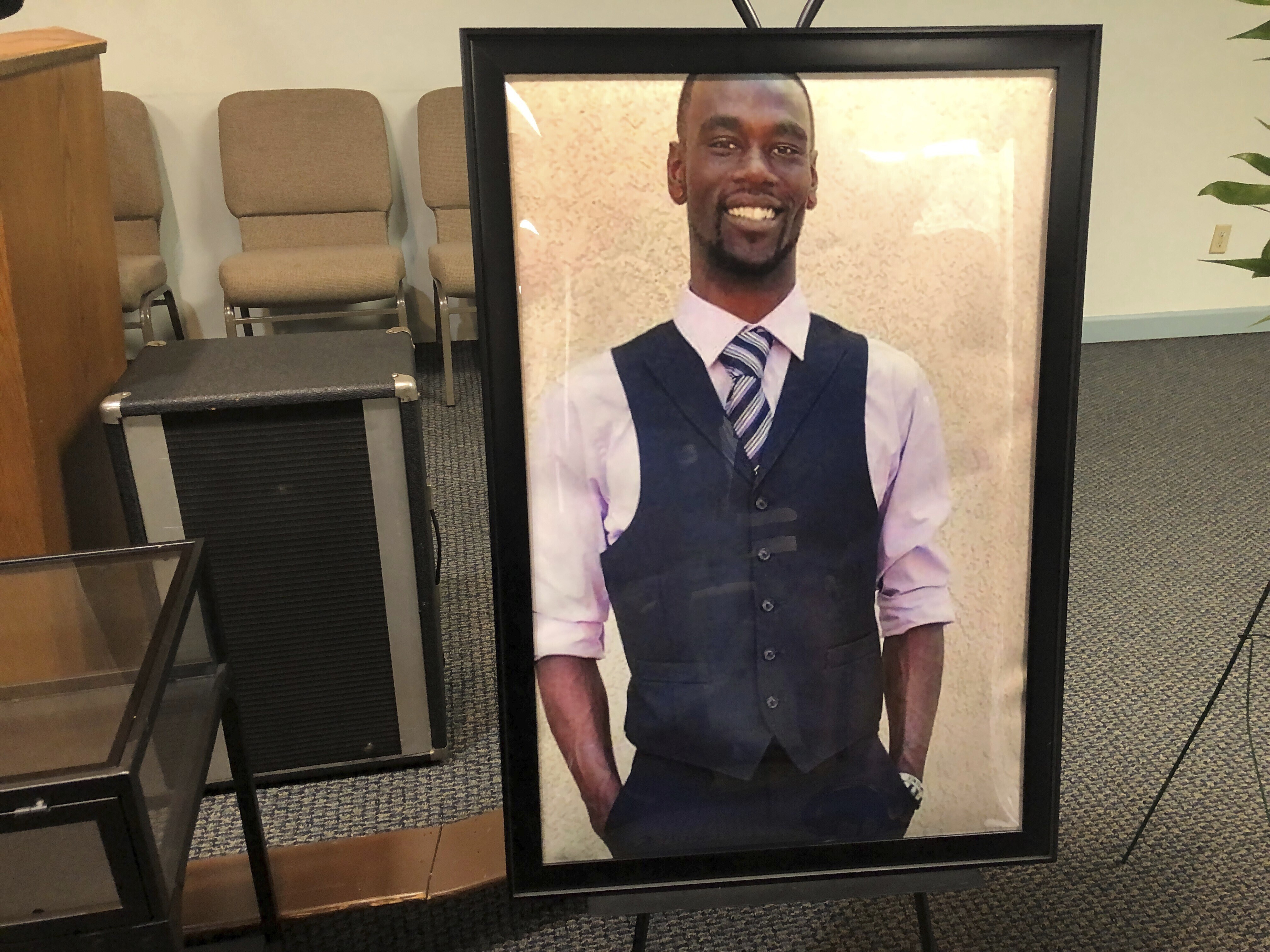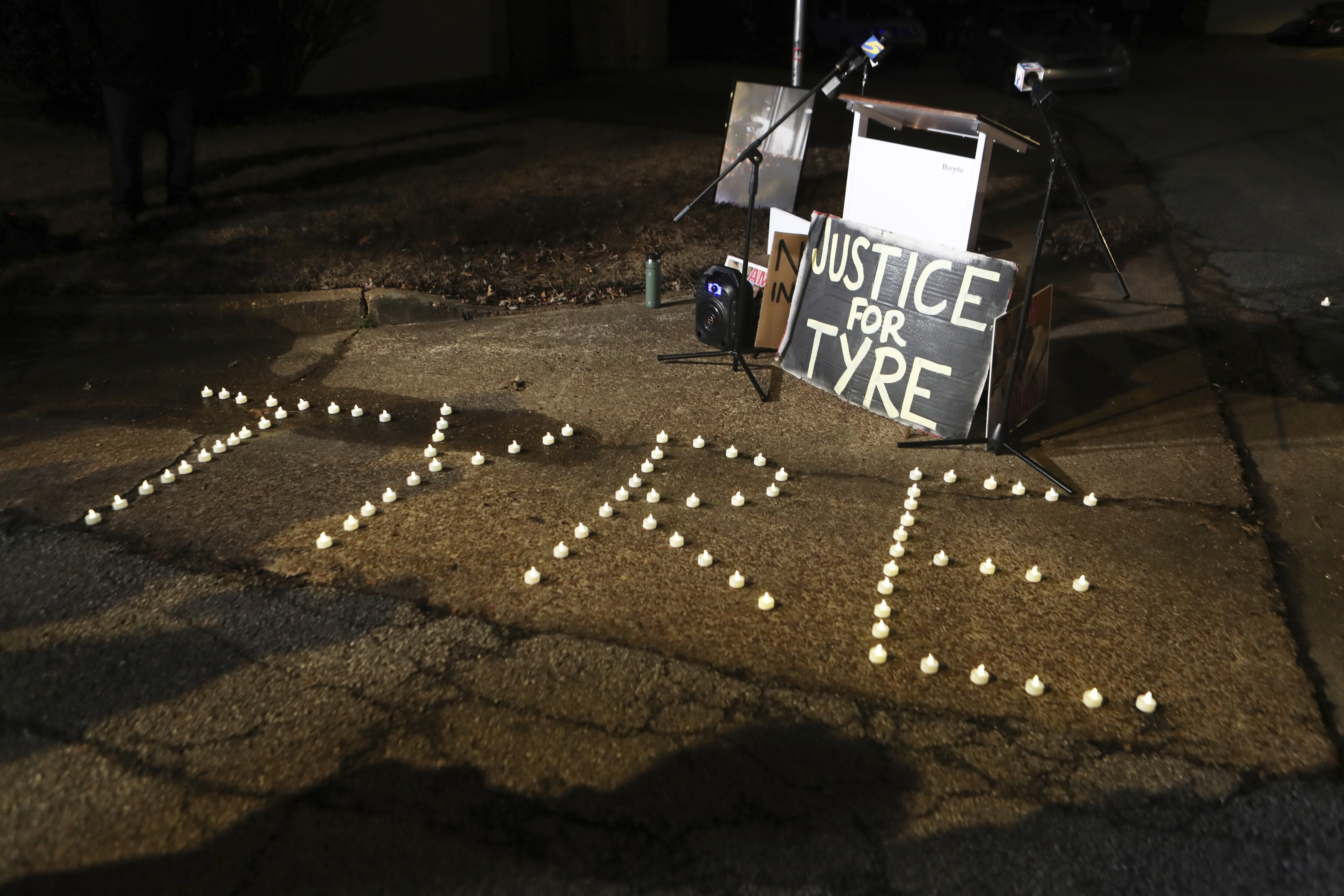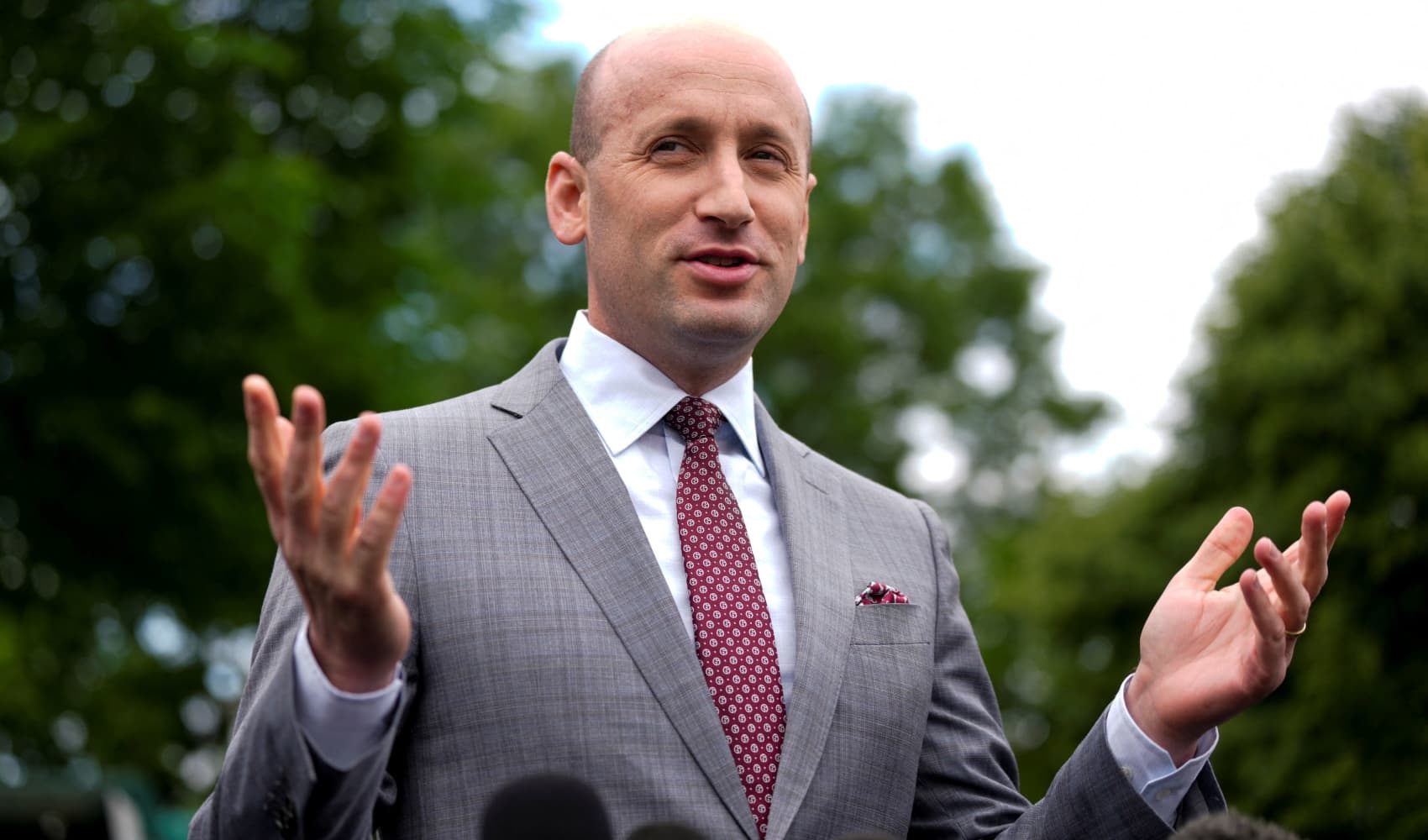Judge Blocks Trump's DEI Cuts: What It Means for Schools
Judge Halts Trump's DEI Funding Cuts: A Win for Schools
Introduction: Diversity Programs Safe... For Now?
Remember that feeling when you thought you were about to lose something important? Well, that's probably how many public schools felt when the Trump administration aimed to cut funding for diversity, equity, and inclusion (DEI) programs. But hold on, there's good news! A federal judge stepped in, essentially saying, "Not so fast!" This ruling is a significant victory for educators and students who believe in creating a more inclusive learning environment. But what exactly happened, and what does it mean for the future of DEI in schools? Let's dive in.
What Triggered This Legal Showdown?
It all started with the Trump administration issuing directives that seemed to threaten federal funding for public schools that had DEI initiatives. Think of it like this: imagine your school principal saying, "If you keep running that anti-bullying campaign, we might have to cut your budget." Pretty alarming, right? The National Education Association (NEA) and the American Civil Liberties Union (ACLU) felt the same way and filed a lawsuit, arguing that these directives were "unconstitutionally vague" and violated teachers' First Amendment rights.
The NEA and ACLU Step Up: A David vs. Goliath Story?
You could see the NEA and ACLU’s involvement as a David versus Goliath situation. These organizations are long-time advocates for educational equity and civil rights. They argued that the administration's actions were not only unclear but also a direct attack on the ability of schools to address systemic inequalities. They believed that educators should have the freedom to teach about diversity and inclusion without fear of reprisal.
The Judge's Decision: A Temporary Reprieve
The federal judge sided with the NEA and ACLU, blocking the Trump administration's directives. This means that, for now, schools with DEI programs don't have to worry about losing federal funding. It’s like a sigh of relief for countless educators and students who champion diversity. But is this the end of the story? Not quite.
Multiple Courts, Multiple Rulings: A Complex Landscape
Adding another layer to the situation, other judges in Maryland and Washington, D.C., also took action. One postponed the effective date of some Education Department anti-DEI guidance, while the other blocked another provision from taking effect. This shows the complexity of the legal battle and that judges across the country had serious concerns about the administration's approach.
The Education Department's Stance: Eliminating Differentiation Based on Race
So, what exactly was the Education Department trying to do? Back in February, they told schools and colleges to end any practice that differentiates people based on their race. Then, earlier this month, they wanted states to gather signatures from local school systems certifying compliance with civil rights laws, including rejecting what they called "illegal discrimination."
What's "Illegal Discrimination," According to the Government?
Here's where it gets tricky. The administration's definition of "illegal discrimination" seemed to encompass many DEI programs designed to address historical inequities and promote inclusivity. Critics argued that this was a thinly veiled attempt to roll back progress on civil rights. Was the intention to ensure fairness, or was it an attempt to suppress conversations about race and inequality?
The Impact on Students: Creating Inclusive Environments
DEI programs play a crucial role in creating inclusive learning environments for all students. They can help to reduce bullying, promote empathy, and foster a sense of belonging. Think about a student who feels marginalized because of their race, ethnicity, or sexual orientation. DEI programs can provide them with a safe space to learn and grow.
The First Amendment and Academic Freedom: A Teacher's Perspective
The lawsuit also raised concerns about teachers' First Amendment rights. Educators argued that the administration's directives could stifle academic freedom and prevent them from teaching about important social issues. Isn't it important for teachers to be able to discuss topics like race and inequality in the classroom? After all, these are real-world issues that students need to understand.
Future of DEI: A Shifting Landscape?
What does all this mean for the future of DEI in schools? While this court ruling is a victory, it's important to remember that the legal landscape is constantly shifting. Depending on future administrations and court decisions, the fate of DEI programs could change again. The fight for inclusive education is far from over.
What About Conservative Pushback? A Balancing Act
It’s essential to acknowledge that the issue of DEI is often met with conservative pushback. Some argue that DEI initiatives can lead to reverse discrimination or promote division instead of unity. Finding a balance that respects diverse viewpoints and ensures equitable outcomes for all students is crucial, but often difficult.
The Role of Community Engagement: Getting Everyone Involved
How can we ensure that DEI programs are effective and supported by the community? One answer is through greater community engagement. Parents, students, teachers, and community leaders need to be involved in shaping DEI initiatives. This way, everyone has a voice, and programs can be tailored to meet the specific needs of the school and community.
The Long-Term Effects of DEI: More Than Just Buzzwords
It's easy to dismiss DEI as just a set of buzzwords, but the long-term effects can be significant. Research shows that diverse and inclusive environments lead to better academic outcomes, improved critical thinking skills, and greater innovation. These are skills that are essential for success in the 21st century.
Beyond Funding: The Importance of Curriculum
DEI goes far beyond just securing funding; it also involves shaping the curriculum. How can schools ensure that their curriculum reflects the diversity of their student body and the world around them? This means incorporating diverse perspectives, histories, and voices into all aspects of learning.
The Bigger Picture: Diversity and Social Justice
Ultimately, the fight over DEI funding is part of a larger struggle for diversity and social justice. It’s about creating a society where everyone has the opportunity to reach their full potential, regardless of their race, ethnicity, gender, or background. And isn't that the kind of society we all want to live in?
Conclusion: A Continued Fight for Equity
The judge's decision to block the Trump administration's funding cuts is undoubtedly a win for proponents of diversity, equity, and inclusion in public schools. It protects vital programs that foster inclusive learning environments and upholds the First Amendment rights of educators. However, the future of DEI remains uncertain, requiring ongoing advocacy, community engagement, and a commitment to ensuring equitable educational opportunities for all students.
Frequently Asked Questions
Here are some frequently asked questions about the recent ruling and its impact on DEI in public schools:
- What exactly did the judge block?
The judge blocked directives from the Trump administration that threatened to cut federal funding to public schools with diversity, equity, and inclusion (DEI) programs.
- Why did the judge make this decision?
The judge sided with the National Education Association and the American Civil Liberties Union, who argued that the directives were "unconstitutionally vague" and violated teachers' First Amendment rights.
- Does this mean DEI programs are safe forever?
Not necessarily. While this ruling is a victory, the legal landscape is constantly changing, and future administrations or court decisions could impact the future of DEI programs.
- How do DEI programs benefit students?
DEI programs can help to reduce bullying, promote empathy, foster a sense of belonging, and create inclusive learning environments for all students.
- What can I do to support DEI in my local schools?
You can get involved in school board meetings, advocate for DEI initiatives with your elected officials, volunteer in your local schools, and support organizations that promote diversity and inclusion in education.
